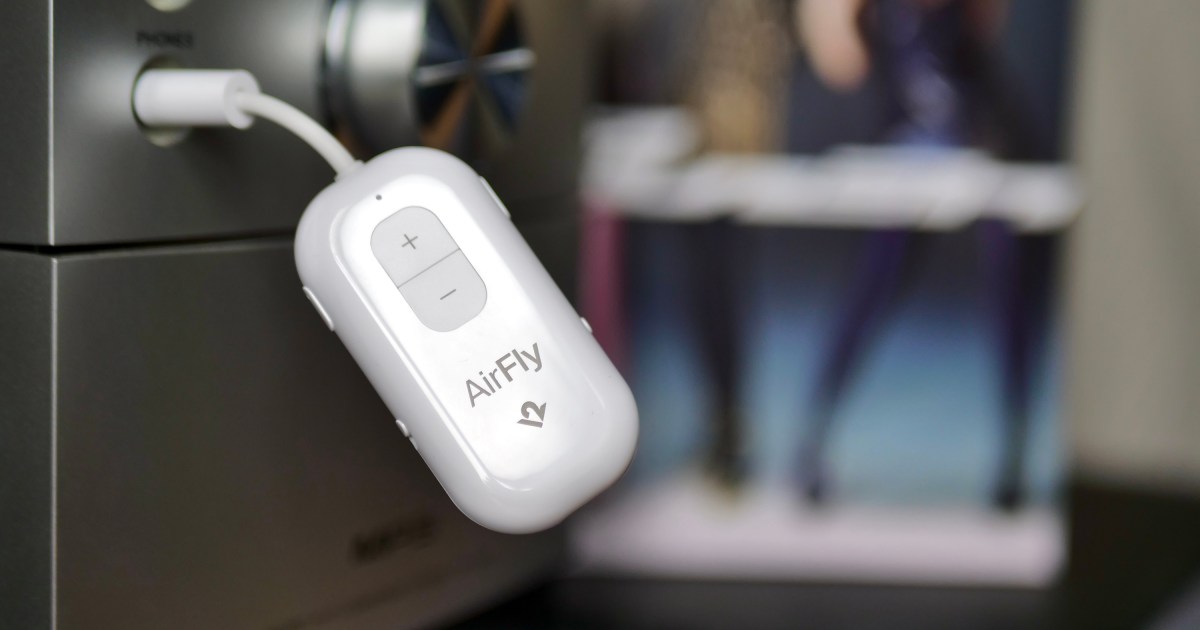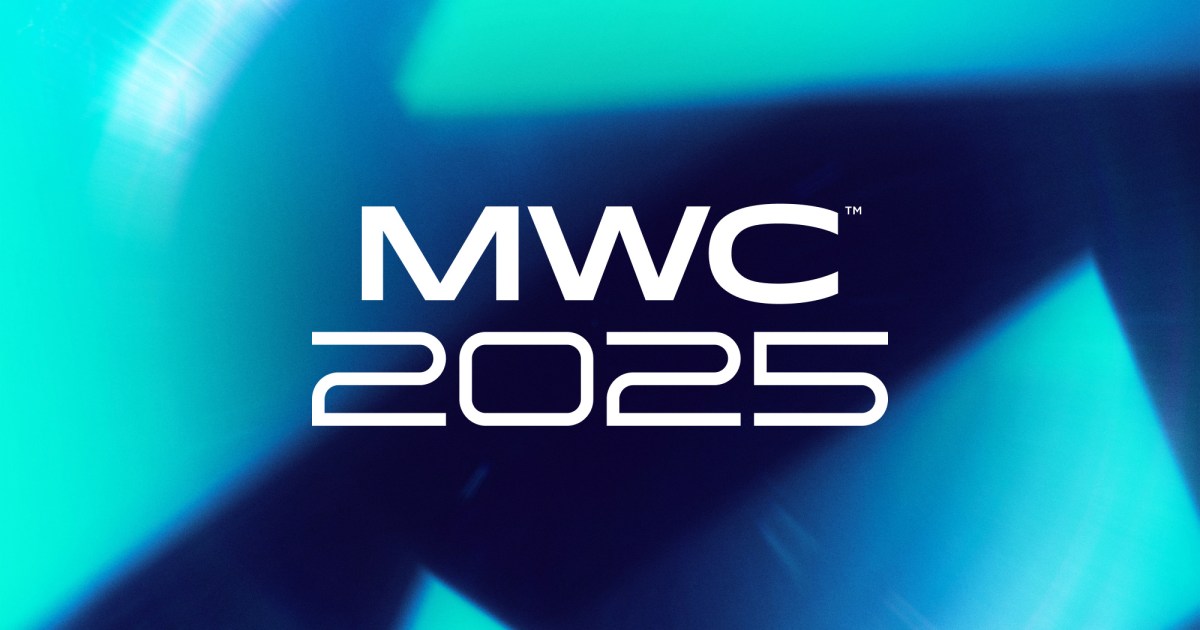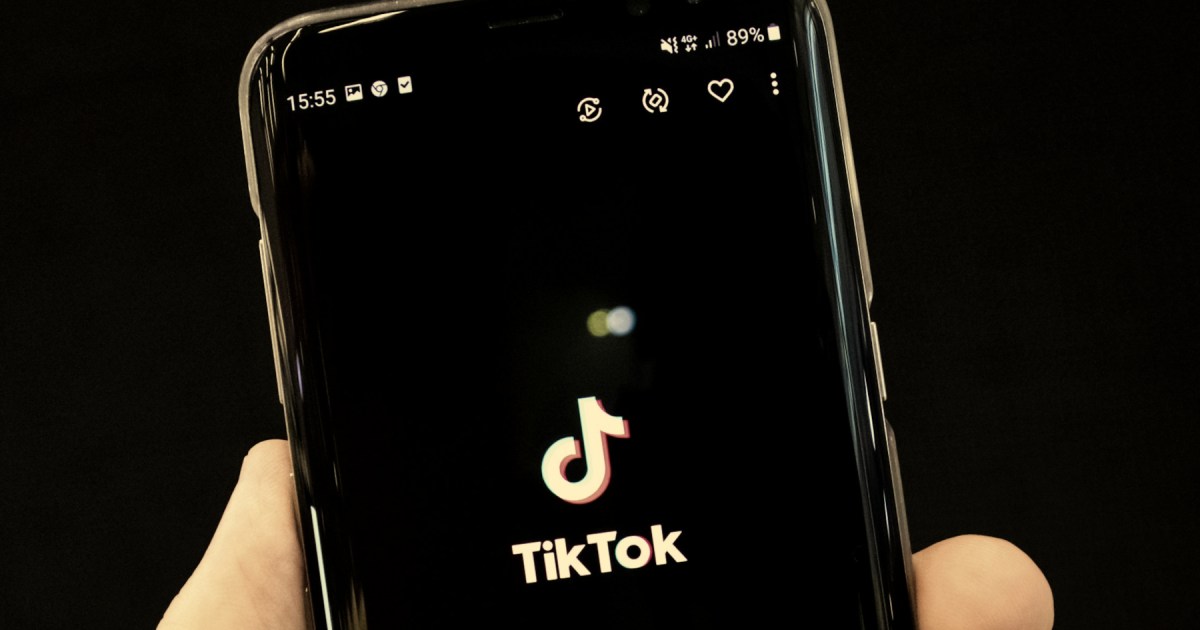Apple’s tightly controlled ecosystem is facing a significant challenge in Europe. The European Commission, enforcing the Digital Markets Act (DMA), has outlined key interoperability measures Apple must implement, potentially reshaping how third-party devices interact with iPhones. These measures encompass nine connectivity features, impacting everything from smartwatches and headphones to core functionalities like AirDrop and AirPlay.
 NameDrop transfer in process for contact sharing on iPhone.
NameDrop transfer in process for contact sharing on iPhone.
The DMA aims to level the playing field, enabling third-party apps and devices to function as seamlessly as Apple’s own offerings. This means opening access to the technologies powering features like AirDrop and AirPlay, allowing developers to create competing solutions. The Commission’s specification, under Article 6(7) of the DMA, explicitly states that developers will be able to integrate alternatives to these services. This translates to enabling high-bandwidth peer-to-peer Wi-Fi connections between iPhones and third-party devices for seamless data transfer, fostering competition in file-sharing and media-casting services.
Redefining Wireless Connectivity and Peripheral Integration
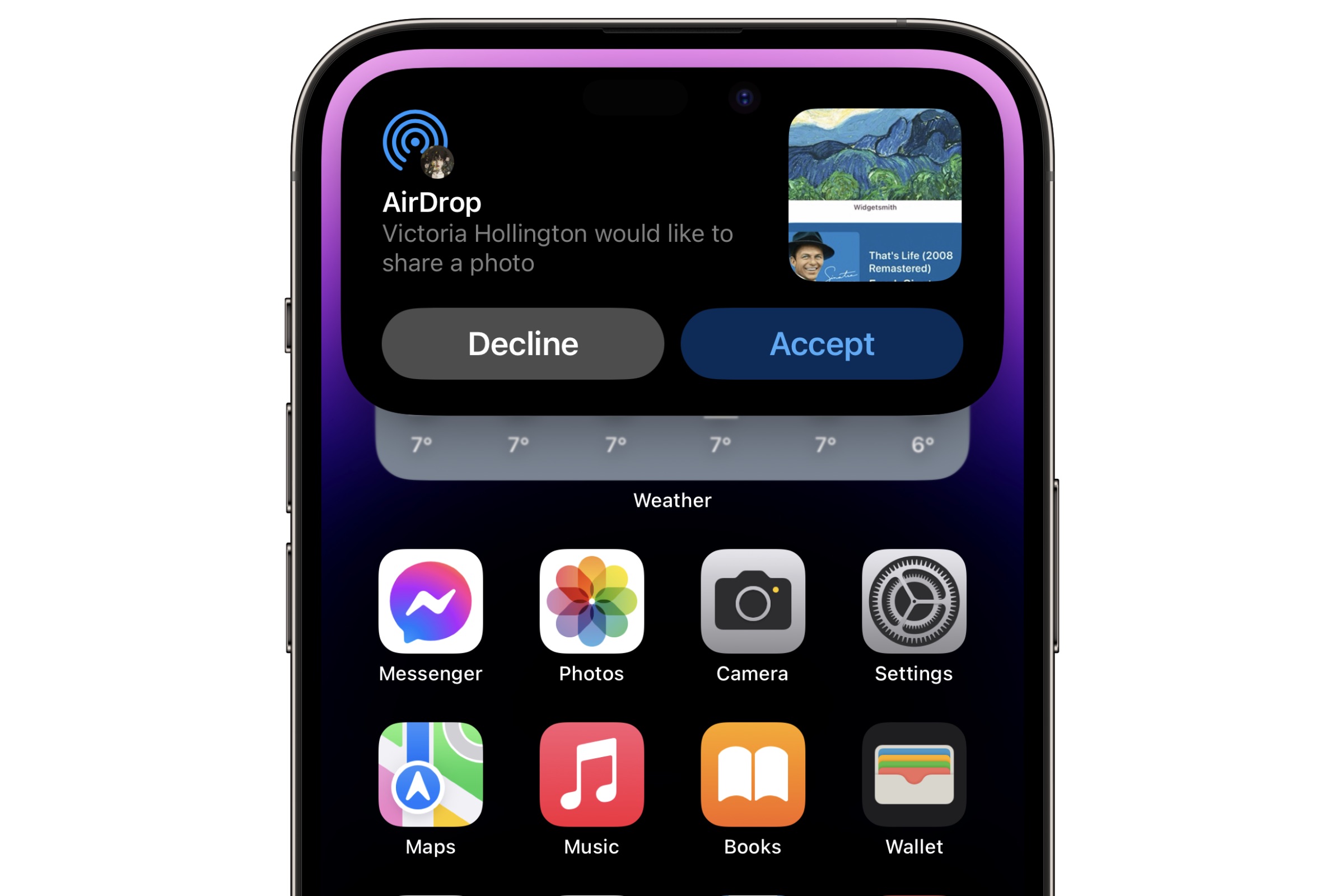 iPhone showing iOS 17 prompt to receive AirDrop photo transfer.
iPhone showing iOS 17 prompt to receive AirDrop photo transfer.
The implications extend beyond file sharing. The EU mandates that Apple open access to its NFC chip in both read and write modes by 2026. This would allow wearables like smartwatches and rings to facilitate contactless payments independently of an iPhone, significantly enhancing their utility. Furthermore, the DMA addresses device pairing, requiring a simplified process for connecting third-party headsets to iPhones, regardless of brand. This streamlined approach aims to enhance user experience and promote wider compatibility.
Apple’s Response and Future Implications
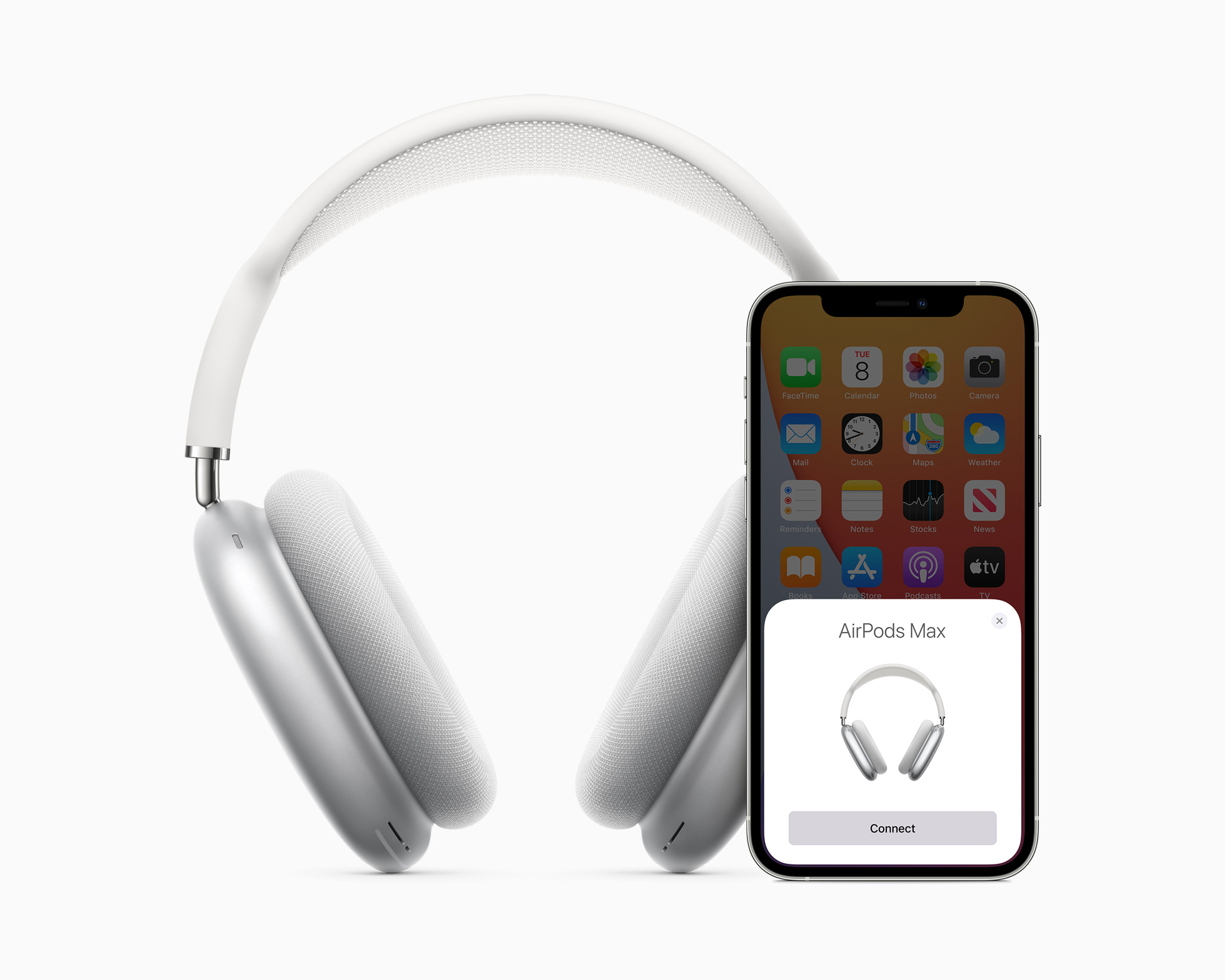 AirPods Max pairing.
AirPods Max pairing.
Apple must implement these changes without imposing additional fees on developers, providing timely access to necessary software tools and documentation. However, Apple has expressed dissent, claiming the regulations stifle innovation and unfairly benefit competitors. They have indicated the possibility of a legal challenge. These new interoperability mandates follow the DMA’s earlier ruling allowing alternative app stores on iPhones within the EU, coupled with relaxed in-app purchase rules. While these changes currently apply only to the EU market, they could potentially influence similar regulations globally, significantly impacting the future of Apple’s ecosystem and the broader tech landscape.




